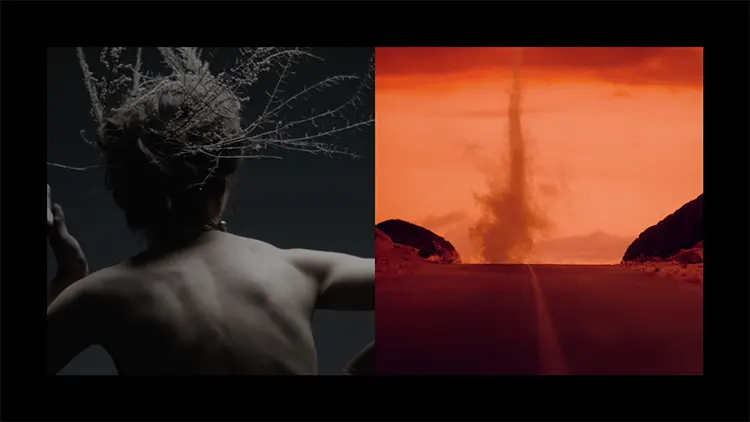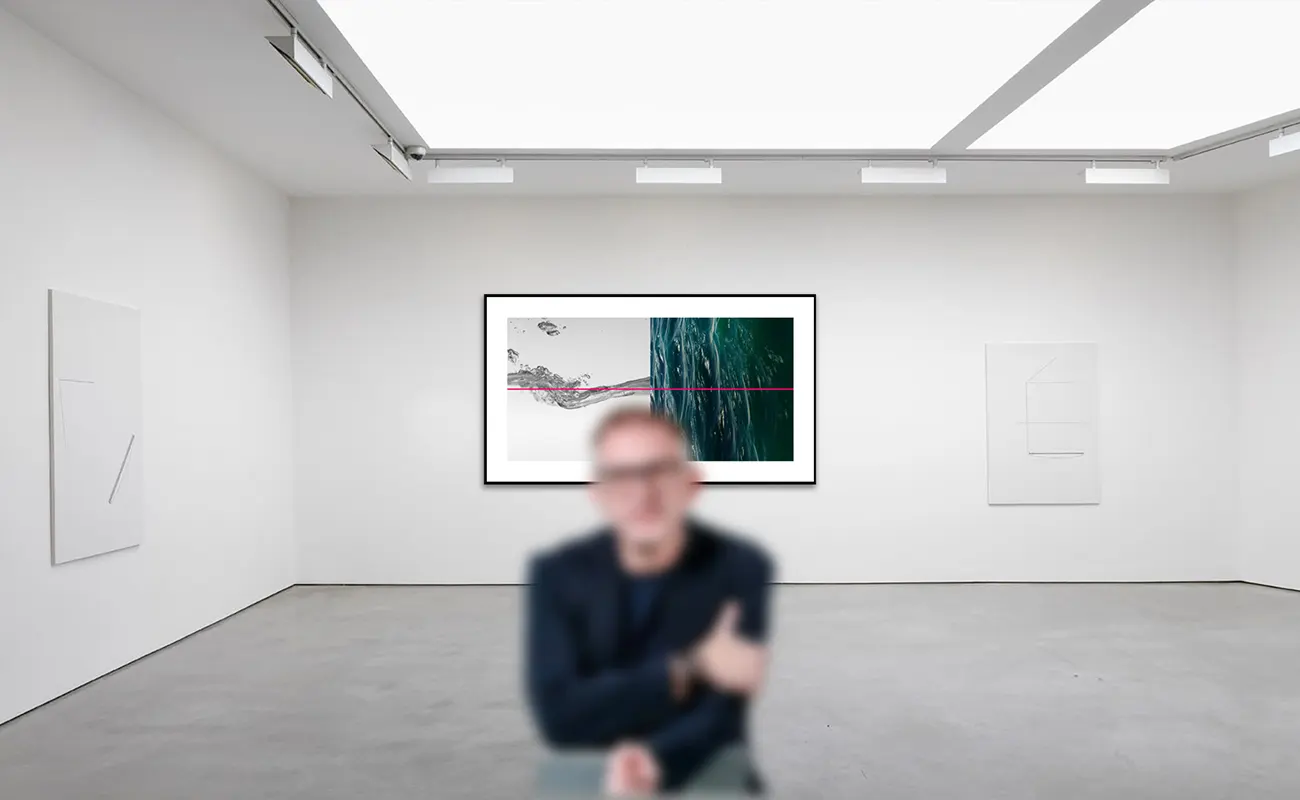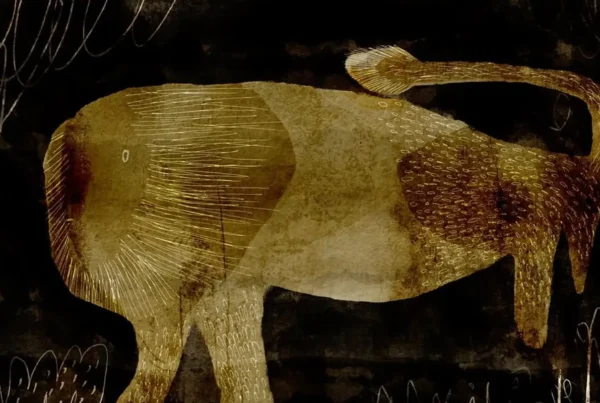“Every screen in our world represents an opportunity to open our mind and not close it the way it has become for so many these days.”
The Musical Odyssey: Franzen’s Rise and Inspirations
Jason Franzen stands out as an esteemed visual artist hailing from the United States, boasting an impressive three decades of design experience. Predominantly, Franzen has made his mark crafting designs for a plethora of musicians and organizations globally. In his formative years, Franzen’s father, himself a musician, acquainted him with the mesmerizing realm of album artwork by sharing his expansive vinyl record collection. Such early immersion seeded in Franzen a profound appreciation for the aesthetics that pervade the music industry—from album covers and tour merchandise to music videos and concert visuals.
During the illustrious 1980s—often hailed as the golden age of music videos—Franzen harbored aspirations of becoming a video director. Embarking on his professional journey, he commenced by designing album art and promotional materials for burgeoning local bands. This trajectory culminated in a momentous career highlight: a collaboration with his artistic luminary, Prince. A testament to Franzen’s commitment and talent, this partnership materialized 25 years after he set a personal goal at the tender age of 17. Subsequently, he assumed the pivotal position of Art Director at Prince’s famed Paisley Park, where he played an instrumental role in devising music videos, concert visuals, websites, and album sleeves.
Furthermore, Franzen’s artistic sensibilities found resonance in the iconic works of Andy Warhol, a trailblazer in the realm of graphic design. Warhol’s hallmark style, characterized by high contrast and repetitive commercial imagery, deeply influenced Franzen. Drawing from these inspirations, Franzen adeptly employs visual sampling techniques, metamorphosing mundane images into enthralling visual narratives.

Stereoptics: A Silent Symphony for the Eyes
Jason Franzen’s works are prominently exhibited under the moniker “Stereoptics,” his avant-garde virtual band renowned for producing visual albums. These ambient creations, tailored explicitly for screens, are ideally experienced on televisions and dedicated displays. Drawing from the depth and breadth of the stereophonic format found in record albums—characterized by its parallel left and right audio channels that construct an expansive sound field—Stereoptics strives to deliver a profound visual encounter, sans sound. Instead of aligning with the digital realm of computer-generated art, Stereoptics leans more toward the nuances of traditional photography and film.
Franzen’s unique artistic signature bears a close affinity to kinetic photography. With a background in photography, Franzen is deeply enchanted by dynamic compositions capable of digital animation. This led to the inception of Stereoptics with a distinctive format in mind: twin squares encapsulated within a 16×9 video screen matrix. These paired visuals create a stereo visual field, offering Franzen a canvas on which he can weave a mood, narrate an anecdote, or introduce a concept. Each of these image pairs is designated as a “Track”, and collectively, these Tracks are grouped into “Albums”—an homage to Franzen’s foundational ties to musical design. Crafted with precision, his pieces are conceptualized as ambient visual harmonies, designed to embellish spaces and emulate the atmospheric presence of a musical piece, devoid of any sound.
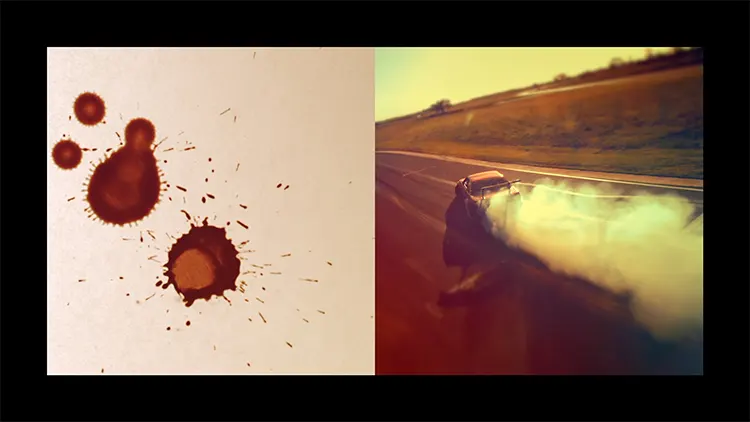
Capturing Sound in Stillness: Franzen’s Photographic Rhythms
Jason Franzen’s artistry finds profound inspiration in the melodic rhythms of renowned musical groups such as The Cure, Jamiroquai, and Scritti Politti. Likewise, the indelible imprints of celebrated photographers like Helmut Newton, Peter Lindbergh, and Anton Corbin are palpable in his oeuvre.
One of Franzen’s most poignant creations is the album entitled “Every Good Boy Does Fine.” Within this, the portrayal of moving water elegantly embodies sound waves, with each corresponding to the notes on a treble clef: EGBDF. This particular collection is not merely a tribute to music but serves as a testament to the intricate mathematical underpinnings of tonal compositions, crafted in a manner that resonates with younger audiences.
Turning to his chosen medium, Franzen’s video creations can be described as a sublime convergence of his profound affection for photography and design. The deliberate pacing in most of his works lends them an ethereal quality, reminiscent of still photographs that have been delicately and momentarily animated. For Franzen, this medium is best perceived not merely as moving visuals but rather as traditional photography, enhanced and enriched by the delicate infusion of time.
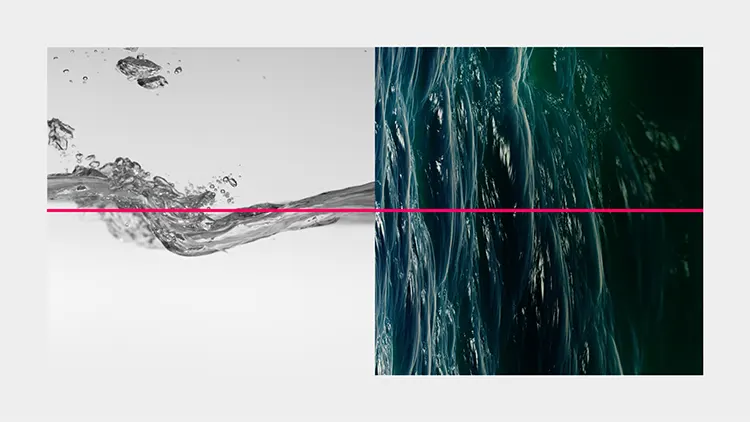
A Rebel in the Digital Age: Franzen’s Organic Vision
Jason Franzen’s passion for moving photography emerges as a counter-narrative to the engulfing wave of digitization in contemporary society. This fervent desire is underscored by his aspiration to saturate screens with compelling artwork, pushing against the tide of divisive social media discourse. Franzen’s commitment to integrating organic, non-digitally generated imagery in his works acts as a powerful testament to the tangible world we once knew more intimately.
Within Franzen’s creative sanctuary, music remains an ever-present muse. Melodies from luminaries like Bon Iver, the iconic beats of Depeche Mode, and the timeless refrains of Peter Gabriel shape the ambiance, deeply influencing his artistic trajectory. The synergy between sound and visual artistry in his pieces—such as “Longitude, Attitude,” “Scarlet Letters,” and “Binoculus Alpha”—illuminates the profound impact these musical legends have on Franzen’s creations.
